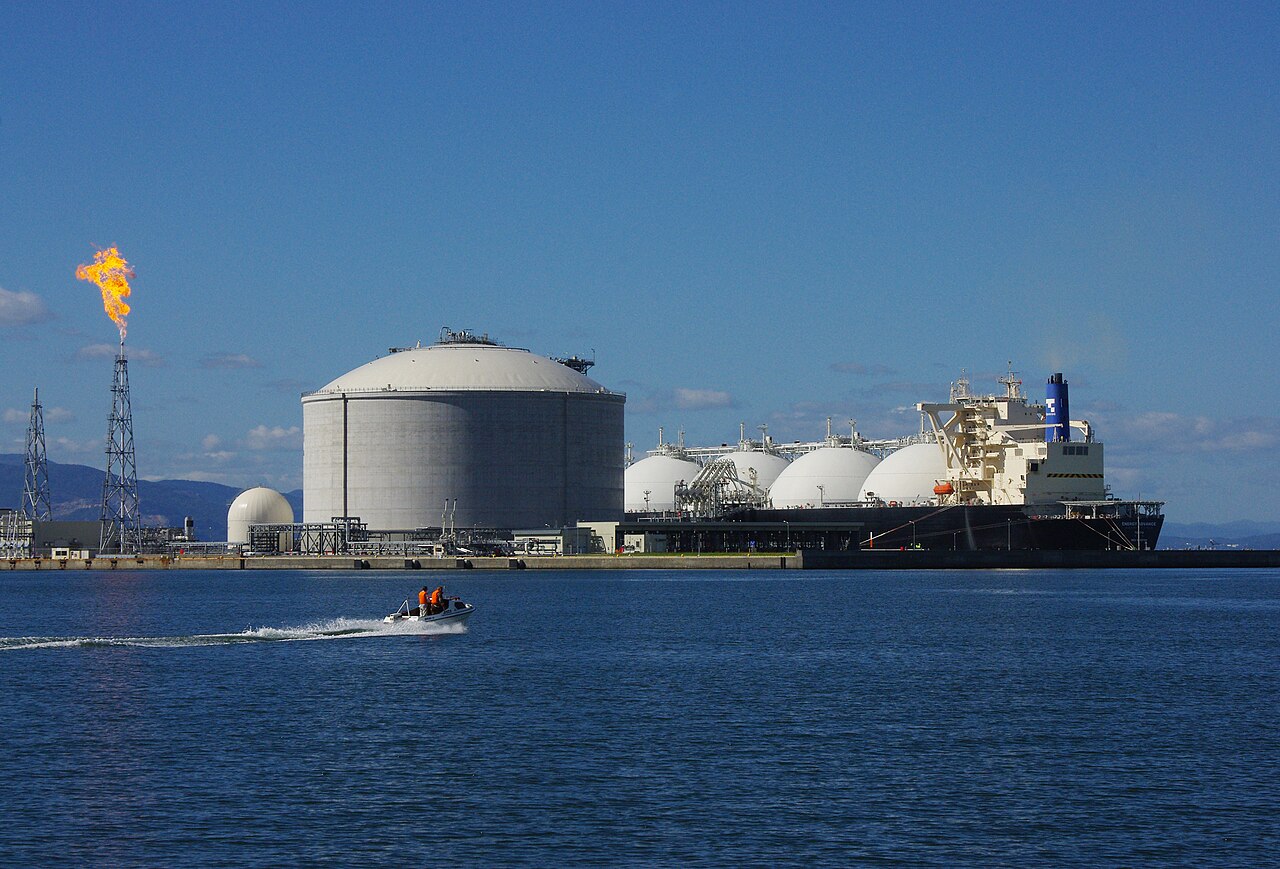Three months after the European Union imposed a ban on the transshipment of Russian liquefied natural gas (LNG) destined for non-EU countries, Russia’s export volumes have faltered — but not collapsed. Moscow has, however, adapted — reconfiguring its logistics without breaching one letter of the sanctions. Yet beneath this apparent resilience lies a critical dependency: the Russian Yamal LNG trade remains deeply intertwined with and dependent on Western-built vessels, Western ownership, and Western insurance.
Brussels moves. Moscow adjusts?
The European Union’s transshipment ban, which came into force in March 2025, prohibits the transfer of Russian LNG between vessels in EU waters and bars the use of EU-based storage for shipments en route to third countries. The measure targets two key forms of transshipment explicitly that are used by Russia: ship-to-ship (STS) transfers and ship-to-shore-to-ship operations via terminal infrastructure. Its strategic objective is to limit Russia’s ability to redirect LNG to premium markets — especially in Asia — without directly affecting Russian gas imports into the bloc.
The ban has effectively shut down access to critical transshipment hubs, most notably Zeebrugge in Belgium and Montoir-de-Bretagne in France. These ports previously served as key logistical gateways for Yamal LNG — Russia’s flagship Arctic project — to reach buyers beyond Europe.
In response, Moscow has rerouted all transshipment activity to its territory. Between January and May 2025, 100% of Russian LNG transshipments took place in the vicinity of Murmansk, in northwestern Russia. This shift has allowed Russia to maintain the overall structure of its Yamal LNG export model — but only in form, not in function.
Beneath the surface, this workaround reveals signs of strain. During the first five months of 2025, the total transshipped volumes decreased by 46% year-over-year, indicating a substantial disruption. While overall transshipment fell sharply, ship-to-ship transfers declined more modestly — by 8% — a sign of the logistical advantage offered by EU ports, particularly Zeebrugge in Belgium.
Murmansk, by contrast, lacks the infrastructure, geographic advantage, and political neutrality that made EU hubs so efficient. The increased voyage distances and operational complexity are likely contributing to higher costs, longer delivery times, and mounting logistical bottlenecks.
Built abroad, insured in the West
At the core of Russia’s Arctic LNG supply chain lies a fleet of 15 Arc-7 LNG carriers — icebreaking vessels without which the Arctic Yamal project could not function. These vessels were all constructed in South Korea, and 14 are currently operational. Importantly, none are solely owned by Russian companies.
Instead, these arctic LNG carriers are operated by firms based in G7 countries — Greece, Japan, the United Kingdom, and Singapore. In the first five months of 2025, 100% of Yamal LNG shipments were carried aboard Arc-7 vessels, up from 94% a year earlier. Among them, three Japanese-operated vessels played a key role in transshipping cargo from Yamal to Murmansk for further delivery.
Ownership, however, is only one dimension of Russia’s dependence on the West. Insurance is another — and perhaps the more decisive one. All Arc-7 vessels are insured by providers based in sanctioning jurisdictions, including the United Kingdom, Japan, and the Bahamas. This means that while Russia may control the route and destination of its LNG, the vessels that carry it — and their insurance — remain closely tied to Western systems.
Transshipment requires two to implement, and both are Western
While the Arc-7 tankers carry LNG from the Arctic to Murmansk, a second vessel completes the journey to Asia. These are conventional LNG carriers — often referred to as ‘lower-class’ in Arctic terms — and they too are largely Western-controlled.
According to an analysis by the Centre for Research on Energy and Clean Air (CREA), drawing on Equasis maritime data, 15 conventional LNG carriers participated in transshipment operations near Murmansk between January and May 2025. Of these, 12 were owned by companies headquartered in countries subject to sanctions — primarily Greece, Japan, and the United Kingdom. Like their Arc-7 counterparts, these vessels are also insured in the West.
In essence, the entire Arctic LNG transshipment operation — from Yamal to Asia — relies on a dual fleet, both segments of which are functionally embedded in Western-controlled financial and legal systems. Without Western-owned and -insured vessels, Russia would face severe limitations in monetising Yamal’s output beyond its immediate region.
Policy recommendations
Moscow’s workaround relies heavily on Western-built, Western-owned, and Western-insured vessels — an undeniable vulnerability that the West has yet to exploit fully. The genuine strategic opportunity lies in targeting this dependency directly, by banning transshipment operations involving Western-controlled ships and tightening restrictions on their insurance and port access.
Without such decisive measures, the West is effectively underwriting the very system it aims to constrain. As long as these vessels remain operational under Western ownership and insurance, sanctions will only create bottlenecks — not a blockade — that Russia can still navigate.
